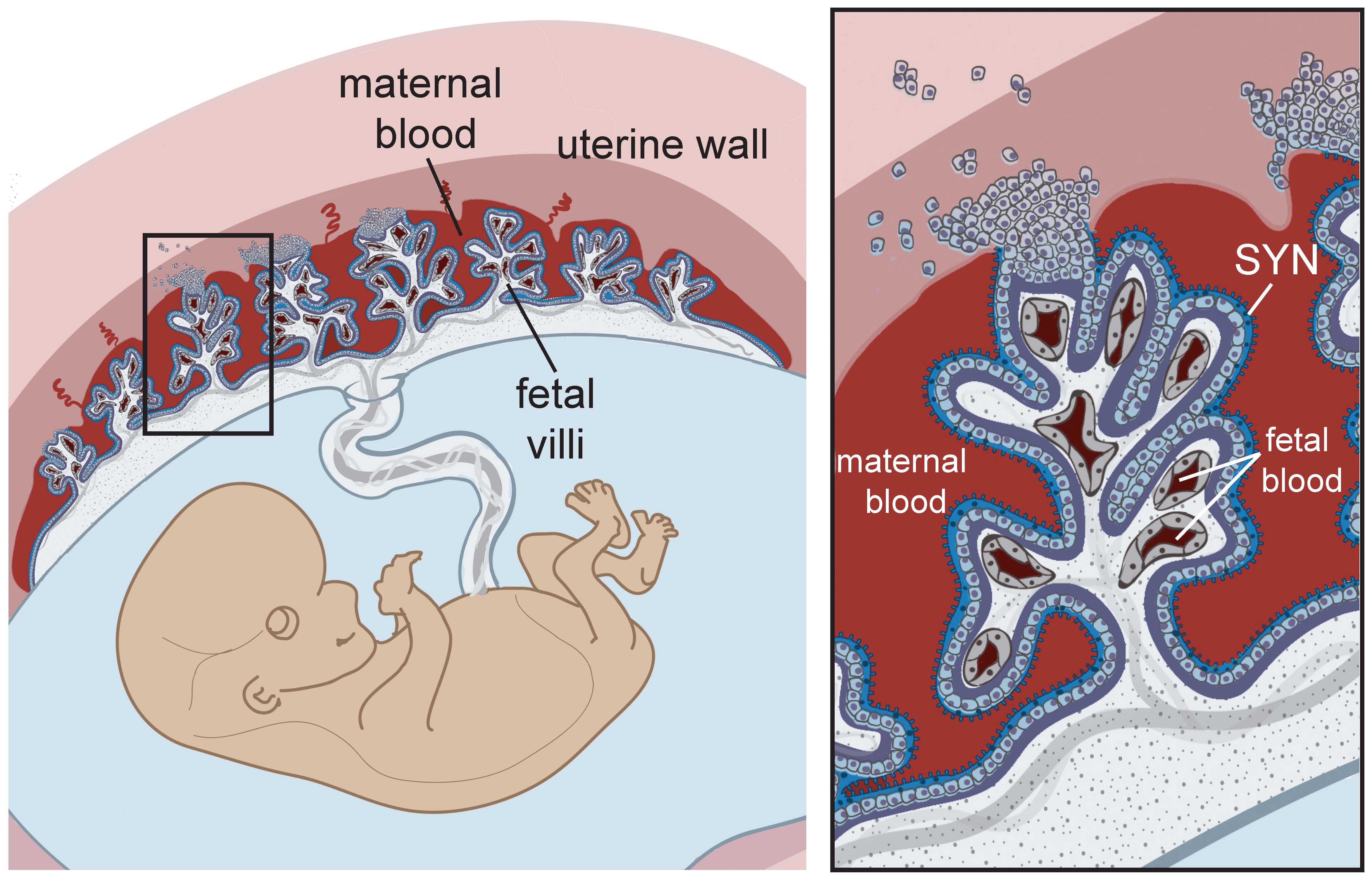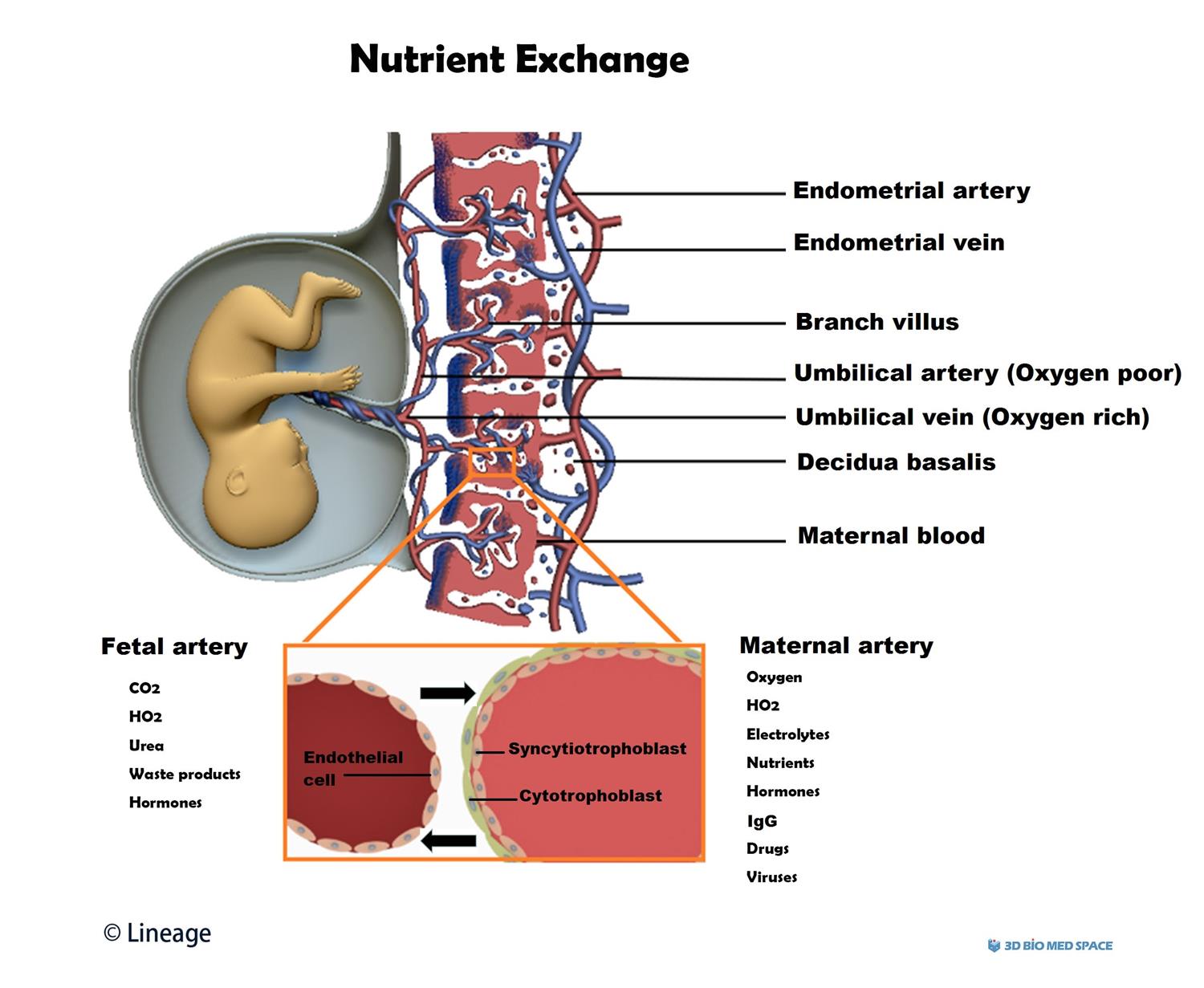The Will Form The Fetal Side Of The Placenta - Extends to meet maternal portion. Study with quizlet and memorize flashcards containing. Area near the fetal pole made up of chorionic villi. The placenta begins to form after a fertilized egg implants in your uterus around seven to 10 days after conception. In the apposition step, a loose connection is made between the outer layer of cells of the blastocyst (the trophoblast) and the decidua.
In the apposition step, a loose connection is made between the outer layer of cells of the blastocyst (the trophoblast) and the decidua. Area near the fetal pole made up of chorionic villi. The placenta begins to form after a fertilized egg implants in your uterus around seven to 10 days after conception. Extends to meet maternal portion. Study with quizlet and memorize flashcards containing.
Extends to meet maternal portion. In the apposition step, a loose connection is made between the outer layer of cells of the blastocyst (the trophoblast) and the decidua. Study with quizlet and memorize flashcards containing. The placenta begins to form after a fertilized egg implants in your uterus around seven to 10 days after conception. Area near the fetal pole made up of chorionic villi.
Schematic representation of the fully developed human placenta
The placenta begins to form after a fertilized egg implants in your uterus around seven to 10 days after conception. Extends to meet maternal portion. Area near the fetal pole made up of chorionic villi. Study with quizlet and memorize flashcards containing. In the apposition step, a loose connection is made between the outer layer of cells of the blastocyst.
How Embryo Is Formed BEST GAMES WALKTHROUGH
Study with quizlet and memorize flashcards containing. In the apposition step, a loose connection is made between the outer layer of cells of the blastocyst (the trophoblast) and the decidua. Area near the fetal pole made up of chorionic villi. The placenta begins to form after a fertilized egg implants in your uterus around seven to 10 days after conception..
Role of the Placenta Grade 9 Understanding for IGCSE Biology 3.11
In the apposition step, a loose connection is made between the outer layer of cells of the blastocyst (the trophoblast) and the decidua. Study with quizlet and memorize flashcards containing. Extends to meet maternal portion. Area near the fetal pole made up of chorionic villi. The placenta begins to form after a fertilized egg implants in your uterus around seven.
Placenta maternal surface and fetal Royalty Free Vector
In the apposition step, a loose connection is made between the outer layer of cells of the blastocyst (the trophoblast) and the decidua. Extends to meet maternal portion. Area near the fetal pole made up of chorionic villi. The placenta begins to form after a fertilized egg implants in your uterus around seven to 10 days after conception. Study with.
Placental Components 100 Best Guide USMLE Strike
Area near the fetal pole made up of chorionic villi. The placenta begins to form after a fertilized egg implants in your uterus around seven to 10 days after conception. In the apposition step, a loose connection is made between the outer layer of cells of the blastocyst (the trophoblast) and the decidua. Extends to meet maternal portion. Study with.
Placenta variations and what they look like Nursing school notes
The placenta begins to form after a fertilized egg implants in your uterus around seven to 10 days after conception. In the apposition step, a loose connection is made between the outer layer of cells of the blastocyst (the trophoblast) and the decidua. Study with quizlet and memorize flashcards containing. Area near the fetal pole made up of chorionic villi..
Basic structure of the placenta showing maternal and fetal sides and
Area near the fetal pole made up of chorionic villi. The placenta begins to form after a fertilized egg implants in your uterus around seven to 10 days after conception. In the apposition step, a loose connection is made between the outer layer of cells of the blastocyst (the trophoblast) and the decidua. Extends to meet maternal portion. Study with.
Describe Fully the Gross Structure of the Human Placenta
The placenta begins to form after a fertilized egg implants in your uterus around seven to 10 days after conception. Area near the fetal pole made up of chorionic villi. Extends to meet maternal portion. In the apposition step, a loose connection is made between the outer layer of cells of the blastocyst (the trophoblast) and the decidua. Study with.
How Does Placenta Develop
Study with quizlet and memorize flashcards containing. Area near the fetal pole made up of chorionic villi. The placenta begins to form after a fertilized egg implants in your uterus around seven to 10 days after conception. Extends to meet maternal portion. In the apposition step, a loose connection is made between the outer layer of cells of the blastocyst.
Placenta Definition, Anatomy and Functions
Study with quizlet and memorize flashcards containing. Area near the fetal pole made up of chorionic villi. Extends to meet maternal portion. The placenta begins to form after a fertilized egg implants in your uterus around seven to 10 days after conception. In the apposition step, a loose connection is made between the outer layer of cells of the blastocyst.
Extends To Meet Maternal Portion.
In the apposition step, a loose connection is made between the outer layer of cells of the blastocyst (the trophoblast) and the decidua. Study with quizlet and memorize flashcards containing. The placenta begins to form after a fertilized egg implants in your uterus around seven to 10 days after conception. Area near the fetal pole made up of chorionic villi.









